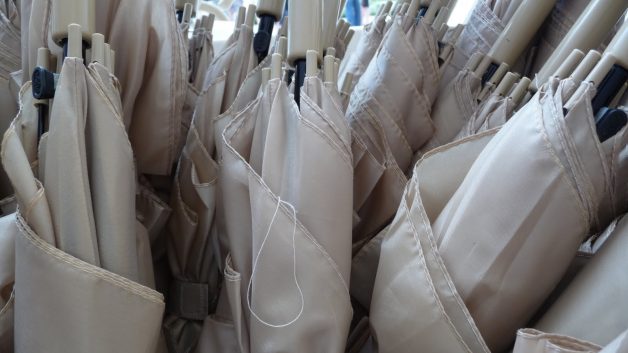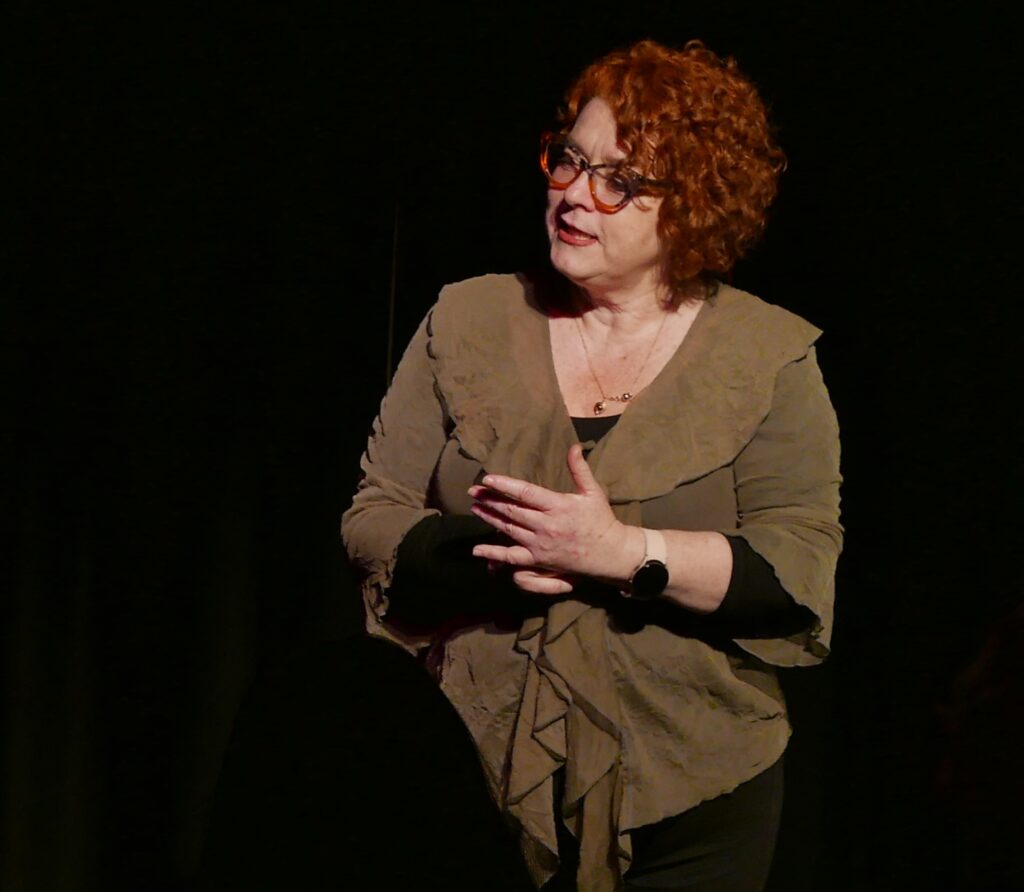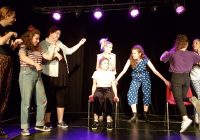this is the last of the second city musical improv posts. in a week or so I’ll start up at iO, so i got a week of no improv posts.
warm up
she’s hot I’d fuck him/her a cool rhyming warm up song for those who love the risque: chant 3 x “he’s hot I’d fuck him” then “I’d fuck him all night”. Helps to clap to keep the rhythm too. We alternated him / her, just for balance, right?
then the first person chants a 1 liner, and the second person rhymes with them.
I’m crushing a bug, a rhyming and slightly physical warm up
first person does an action and describes it (i’m crushing a bug, i’m crushing a bug while twisting toe on the ground). group then repeats the 2 lines. next person can either rhyme with it and do a new action, or follow the same action and start a new action with a new rhyme. after you’ve done round the circle, you go backwards round the circle doing the 2 lines for each person with the action.
musical theatre what are you doing – where all the actions and emotions are exaggerated
hey fred schneider what are you doing
i am the owner of a candy store first person sets up “i am the owner of an x” (where x is anything, a factory, a store, etc, but everyone will have to rhyme with the last word, so dont’ make it an orange).
each person then says a line which rhymes with x, till it gets back to the first person who says “and that’s why I’m the owner of an X”.
notes on forms
commando – one suggestion per scene. jeff got us to connect them to the previous scene to get the ask for (in the last scene you saw a nasty woman, what’s the name of a nasty woman you know?). the person taking the ask for does not initiate the scene.
pad set – do new scenes from the pad of pre-taken ask fors (may take 2 or 3 eg. Denmark, tailor, sad).
commontage – like a command but you spin off from the scene without a new ask for
a deconstruction-like musical – root scenes have to have a song, usually just 2 people, shorter scenes may or may not have songs. use focus edits or sweeps
swinging/revolving door similar to tag, but quicker and ensures return to the original scene if you have just a one-liner
when doing object work / miming objects, make sure there is a space in your hand for the object!
be aware of saying “you always do this”, it minimises / kills the emotional impact. either it’s the day you’re not going to take it anyore, or it’s the first time (which makes it more important).
be careful of character choices that make you look down (not available to the audience). find a way to be meek and look out.
teaching scenes are hard because the teacher cannot be affected by the pupil.
types of musical opening
environmental opening: eg oklahoma, beauty and the beast, south park; easiest to do, just sing about the town, no need to establish characters, just tell us where we are and what you love/hate / emote about where we are
attend the tale/prologue e.g. sweeney todd, bat boy; narrator, direct address, describe a character (who is on stage); tonal setting thing, not pimptastic
meta-theatrical: e.g. the muppet show, all of title of show, comedy tonight from funny thing happened on the way to the forum, another op’nin another show; it’s a song about the show, about the actors, about getting ready to put on the show – meta to the plot. the key to meta is having a point of view (i love or hate the show, getting ready for the show)
harold-esque / thematic an organic opening with music; musically and tonally exploring the theme – e.g. the age of aquarius? (organic opening as a kinesthetic equivalent of a list song?)
i wish number – e.g. belle’s song in beauty and the beast (called i wish); what i want from into the woods; easier in an improvised show to separate the opening and the i wish number. i wish number is a solo, except maybe for the bridge. if you have multiple wishes then you end up with more of a montage-musical








